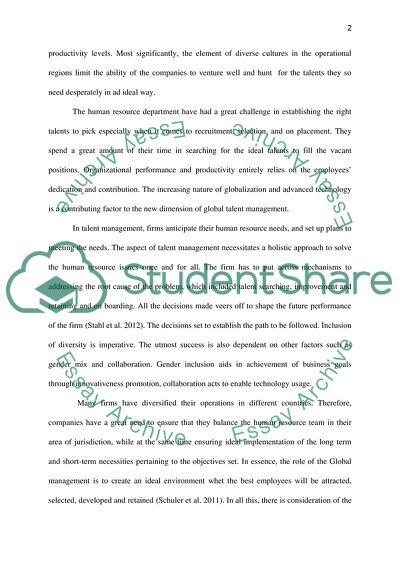Cite this document
(Globla Talent Manamgent Essay Example | Topics and Well Written Essays - 2250 words, n.d.)
Globla Talent Manamgent Essay Example | Topics and Well Written Essays - 2250 words. https://studentshare.org/human-resources/1866280-globla-talent-manamgent
Globla Talent Manamgent Essay Example | Topics and Well Written Essays - 2250 words. https://studentshare.org/human-resources/1866280-globla-talent-manamgent
(Globla Talent Manamgent Essay Example | Topics and Well Written Essays - 2250 Words)
Globla Talent Manamgent Essay Example | Topics and Well Written Essays - 2250 Words. https://studentshare.org/human-resources/1866280-globla-talent-manamgent.
Globla Talent Manamgent Essay Example | Topics and Well Written Essays - 2250 Words. https://studentshare.org/human-resources/1866280-globla-talent-manamgent.
“Globla Talent Manamgent Essay Example | Topics and Well Written Essays - 2250 Words”. https://studentshare.org/human-resources/1866280-globla-talent-manamgent.


